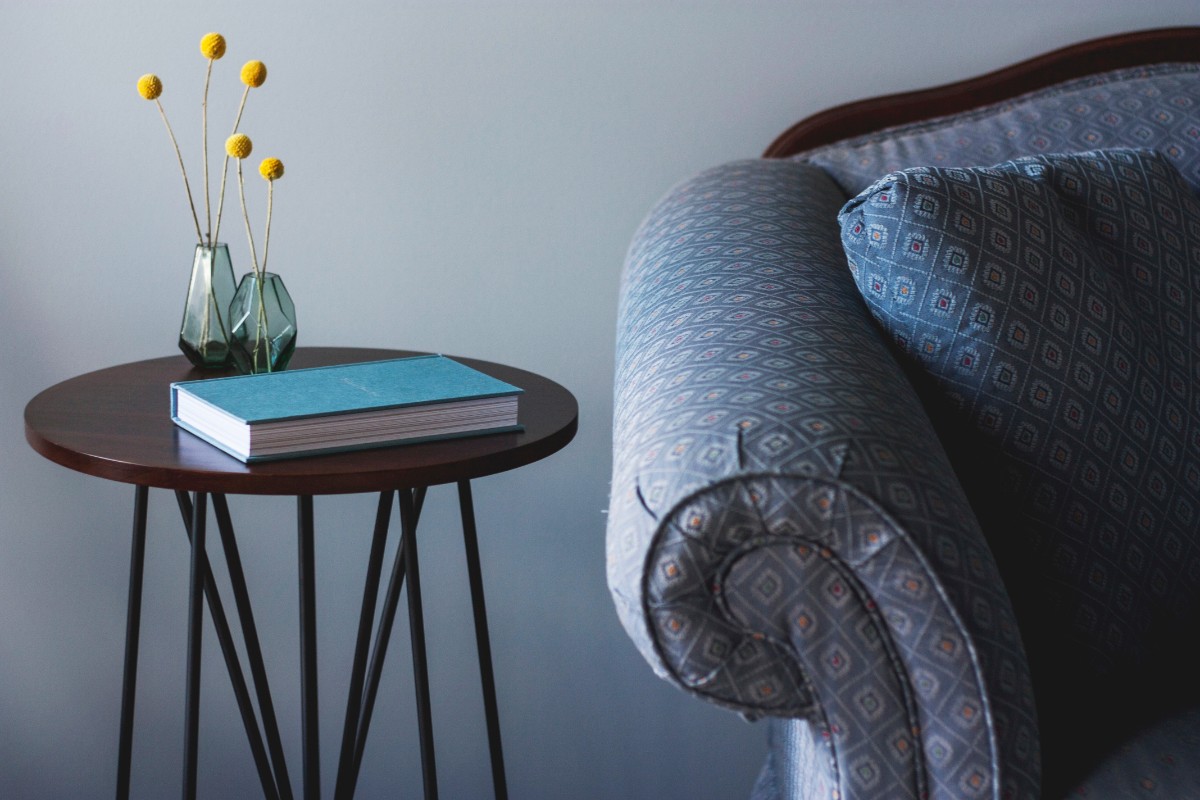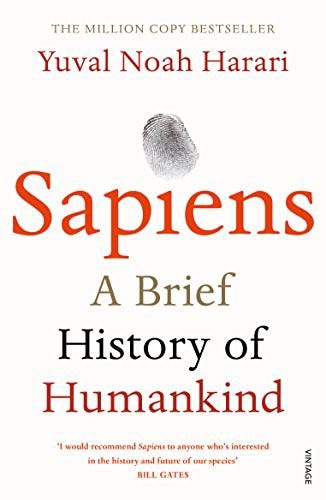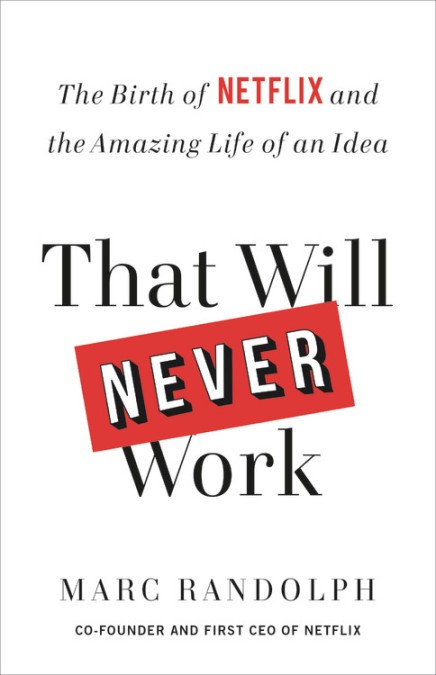You are excited about your new design. It certainly looks more beautiful than the production, but when it comes time to A/B test, it doesn’t fare well. Key metrics drop and your craft cannot be shipped.
If you’re a product designer, does this resonate with you? Has something like this happened to you before?
Continue reading


